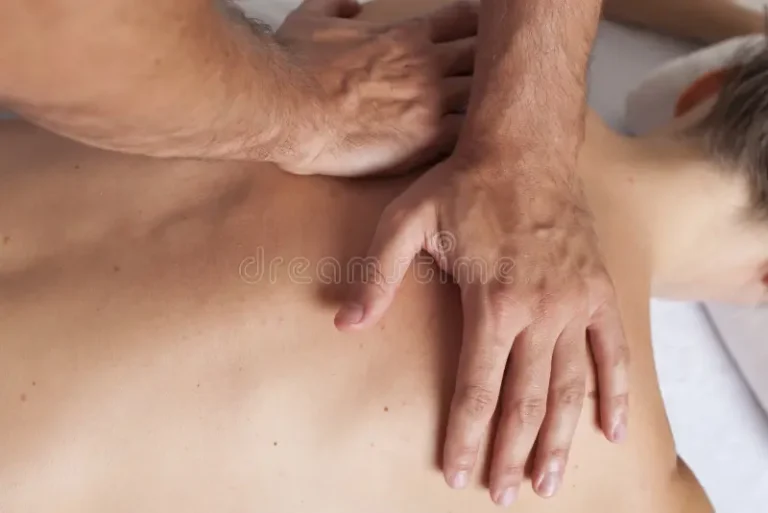Myofascial Release

Understanding Myofascial Release
Myofascial Release (MFR) is a hands-on therapy technique aimed at relieving pain and restoring movement by targeting the fascia—the connective tissue that surrounds muscles, bones, and organs. This technique involves applying sustained pressure to the myofascial tissue to release restrictions and improve the body’s overall function. MFR is commonly used to treat chronic pain, muscle tension, and a variety of musculoskeletal conditions.
How Does Myofascial Release Work?
The fascia can become tight and restricted due to injury, inflammation, trauma, or poor posture, leading to pain and limited mobility. Myofascial release works by applying gentle, sustained pressure to the affected areas, stretching and elongating the fascia. This process helps to break down adhesions, improve blood flow, and promote the body’s natural healing processes. The therapy can be performed using the therapist’s hands, elbows, or specialized tools.
Benefits of Myofascial Release
1. Pain Reduction: MFR effectively reduces chronic pain and discomfort caused by fascial restrictions. It is particularly beneficial for conditions such as fibromyalgia, myofascial pain syndrome, and chronic headaches.
2. Improved Mobility: By releasing tight fascia, MFR enhances flexibility and range of motion, making it easier to perform daily activities and exercises.
3. Enhanced Posture: MFR helps correct postural imbalances by releasing tight fascial bands, promoting better alignment and reducing the risk of injury.
4. Stress Relief: The gentle, sustained pressure used in MFR can promote relaxation and reduce stress, contributing to overall well-being.
What to Expect During a Session
A typical MFR session begins with a thorough assessment by a trained therapist to identify areas of fascial restriction. The therapist will then use their hands, elbows, or tools to apply gentle, sustained pressure to the affected areas. Unlike other massage techniques, MFR involves slow, deliberate movements and may be applied for several minutes to allow the fascia to release. Clients often report feeling a sense of relief and relaxation during and after the session.
Aftercare and Potential Side Effects
After an MFR session, it is common to feel some soreness or tenderness in the treated areas, similar to post-exercise soreness. This is a normal response and typically subsides within a day or two. Drinking plenty of water, gentle stretching, and applying heat can help alleviate discomfort. If you experience any unusual symptoms or prolonged pain, it’s important to contact your therapist.
Is Myofascial Release Right for You?
Myofascial release is suitable for individuals of all ages experiencing chronic pain, muscle tightness, or limited mobility. It is particularly beneficial for those with conditions such as fibromyalgia, myofascial pain syndrome, and postural issues. However, it is essential to consult with a qualified therapist to determine if MFR is appropriate for your specific needs. Individuals with certain medical conditions, such as acute inflammation or recent fractures, should seek medical advice before undergoing MFR.
